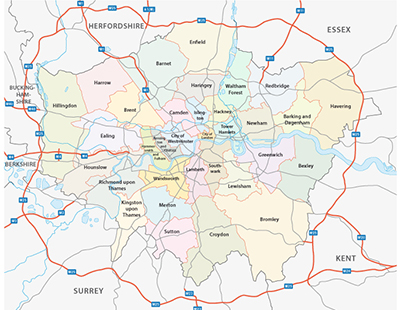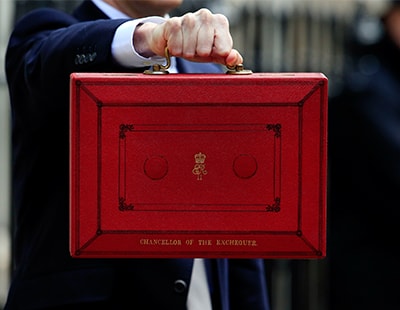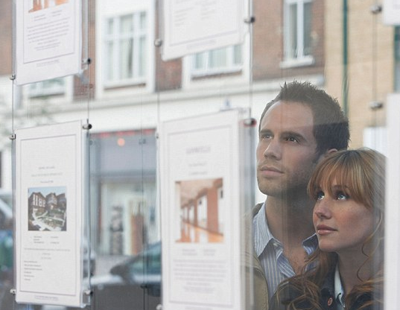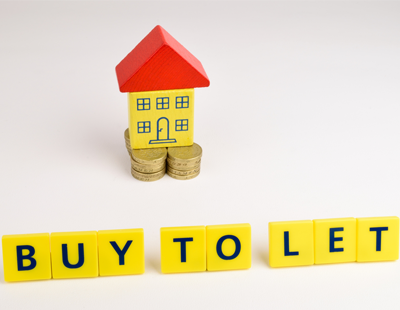Buy-to-let landlords need to minimise potential risks that make the difference between ‘profitable calm’ and ‘money-pit worry’ to help ensure that investing in the PRS proves worthwhile, and to help landlords protect themselves against three of the main risks they may face, haart, a leading independent letting and estate agency group, has released the following guidance.
Paul Sloan, operations director for haart, commented: “There is a spectrum of landlords. At one end are business landlords with scores of homes in property portfolios; at the other end there are an increasing number of ‘accidental landlords’, who have decided to rent out a single family home they inherited.
“But wherever you fall on the spectrum – professional, accidental or somewhere in between – it’s crucial that you are aware of, and have sufficient protection for, these three risks.”
Risk 1: Unreliable tenants
To reduce the risk of having unreliable tenants, you should use a professional tenant referencing service. It’s a process of screening and background checks which weeds out tenants with a problematic history, or who are unlikely to be in a position to afford the rental payments.
However, even the most comprehensive reference can’t remove the risk of a tenant defaulting altogether. To limit the loss, you can take out a rental guarantee.
There are a many different policies and services available, but they will usually provide cover for any unpaid rent, together with covering the costs of evicting the tenant.
Risk 2 – Repairs / damage to your property
Obviously, an old property is more likely to need repair than a new one. Some experts even advise buying rental properties less than 15 years old.
If you do spot any issues, be sure to fix them quickly so they don’t turn into bigger problems. Make sure tenants know to report any problem straight away. If you have your property managed, make sure your agent inspects the property regularly. If you don’t have your property managed, then you will need to do this yourself.
If your tenant leaves your property with major damage, then there is a risk the security deposit may not always cover the costs of making the repairs.
But won’t your house insurance cover that? It depends.
Sloan said: “Some insurance policies will only cover you if you are the occupier of the property – a fact some landlords find out too late. Make sure your insurance is right for your rental properties.
“Landlords should also bear in mind that if they don’t repair something which becomes damaged, such as loose stair carpets or tiles, and this results in an injury to a tenant, then they can make a claim against you. However, a specialist landlord insurance policy which includes Landlord or Public Liability cover could protect you in these circumstances.”
Risk 3 – The time between lets
Again, a nice house in a pleasant area will tend to keep your tenants longer.
But any property can become vacant. The cost of vacant properties includes lost rental income – which is where a professional letting agent can help find new tenants, faster – reducing the impact of void periods between lets.
Sloan added: “We urge any landlords to speak to us so that we can help you navigate any pitfalls and make sure that your investment works for you consistently.”
Want to comment on this story? If so...if any post is considered to victimise, harass, degrade or intimidate an individual or group of individuals on any basis, then the post may be deleted and the individual immediately banned from posting in future.
















.png)






Join the conversation
Be the first to comment (please use the comment box below)
Please login to comment